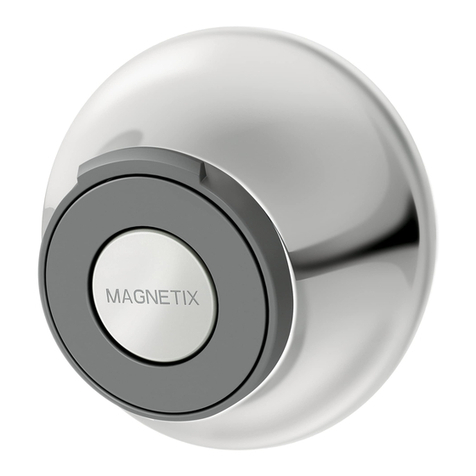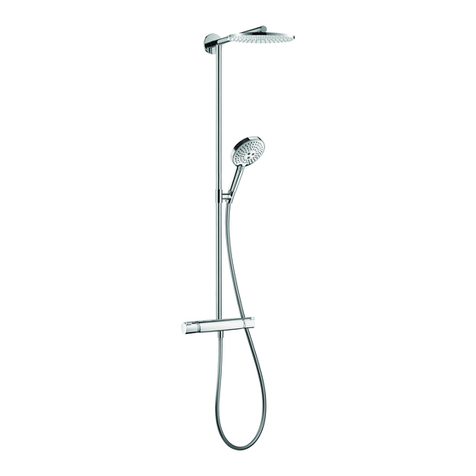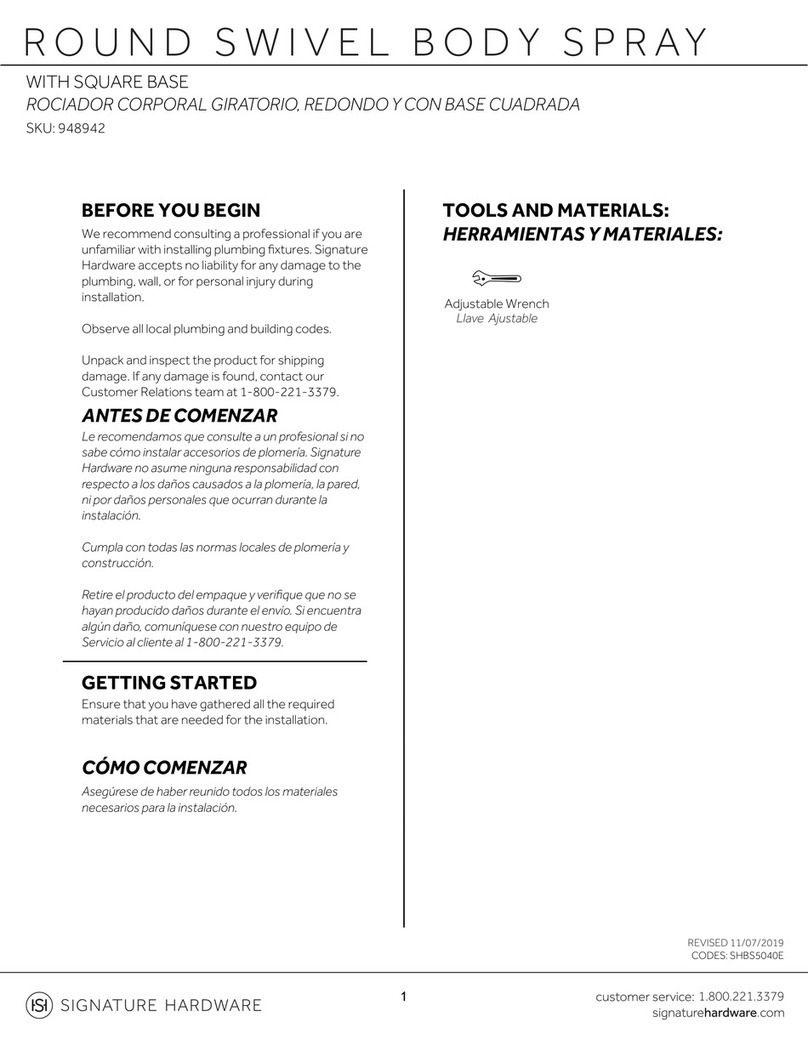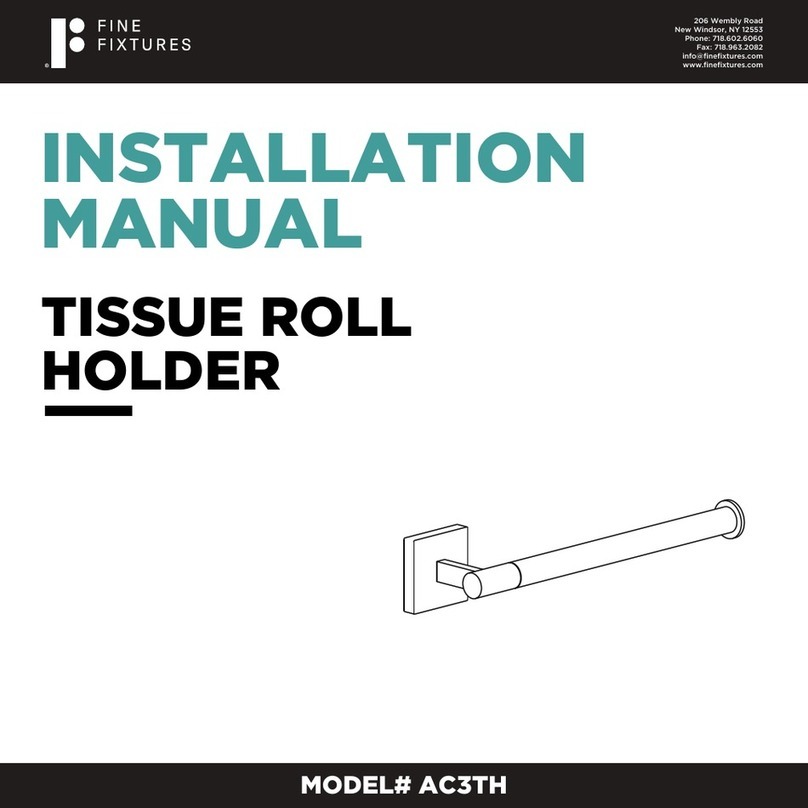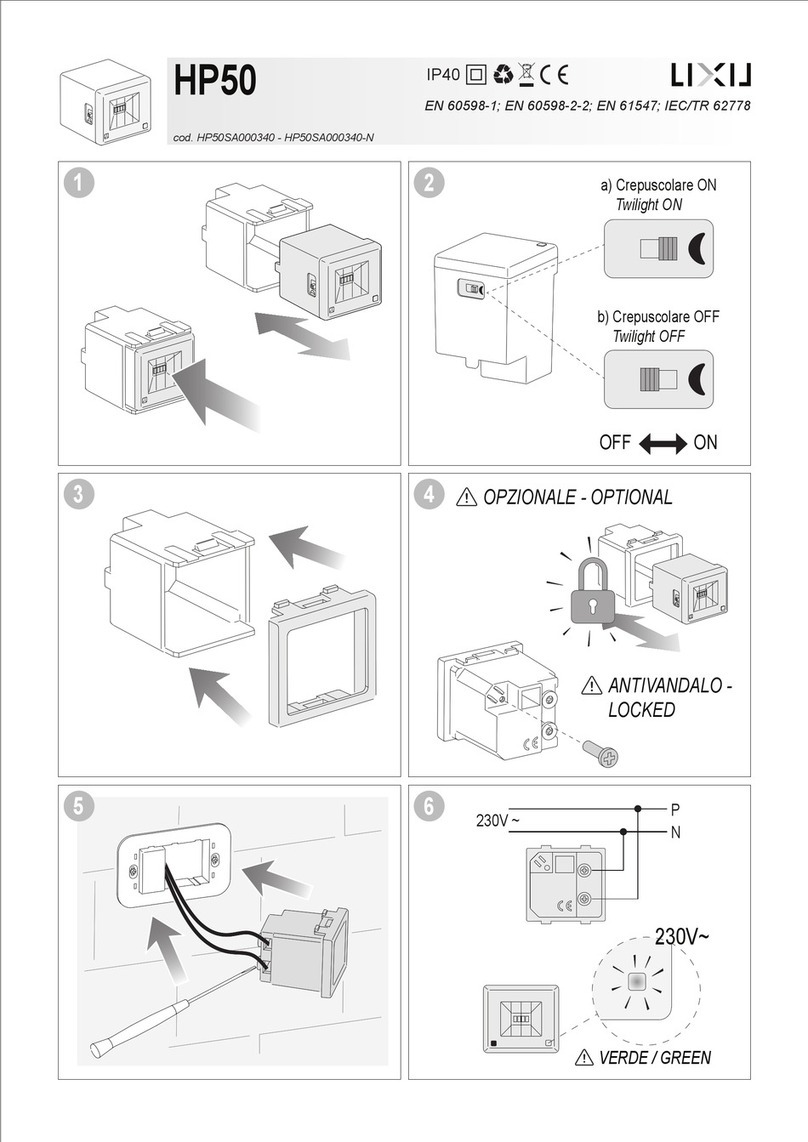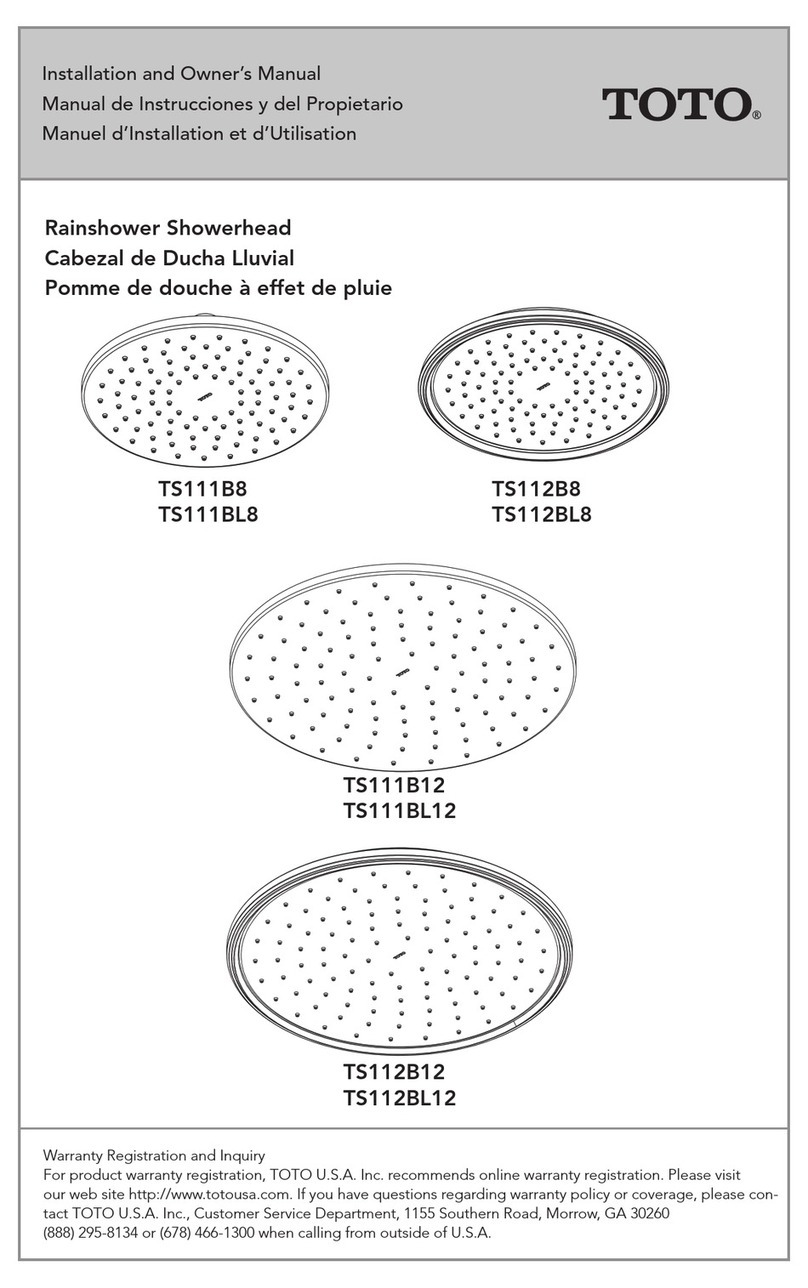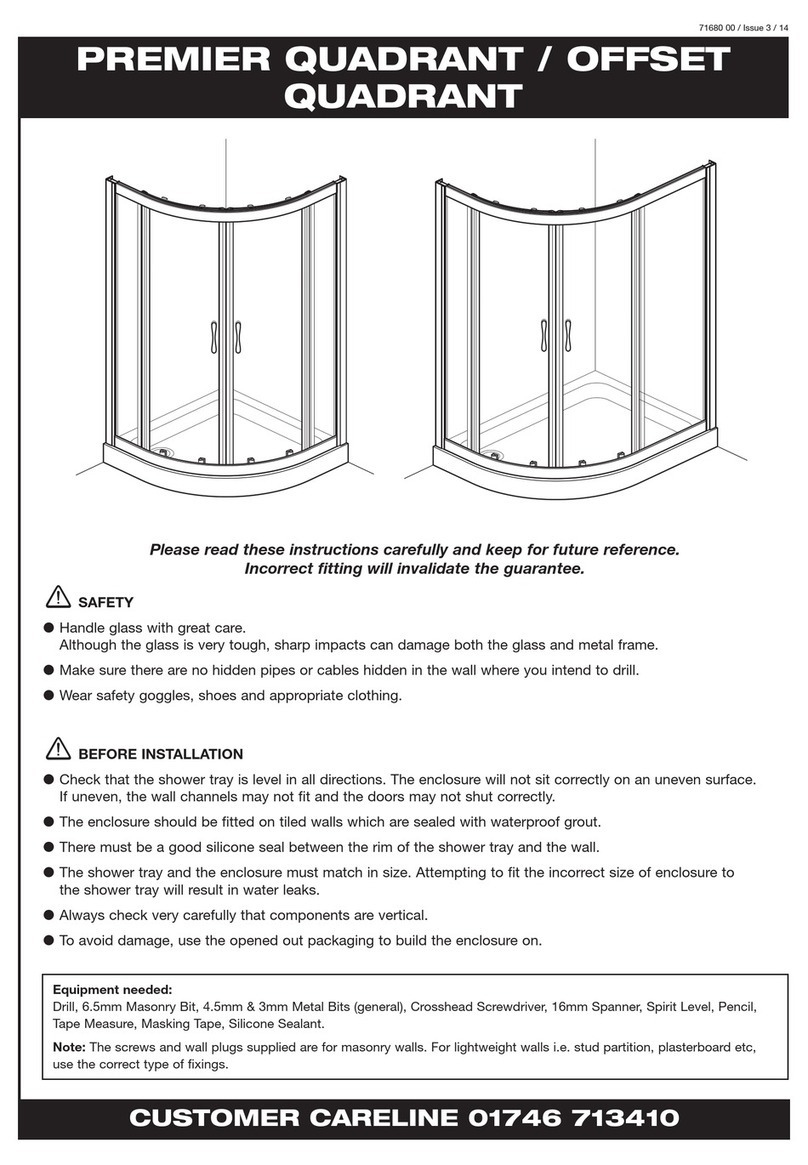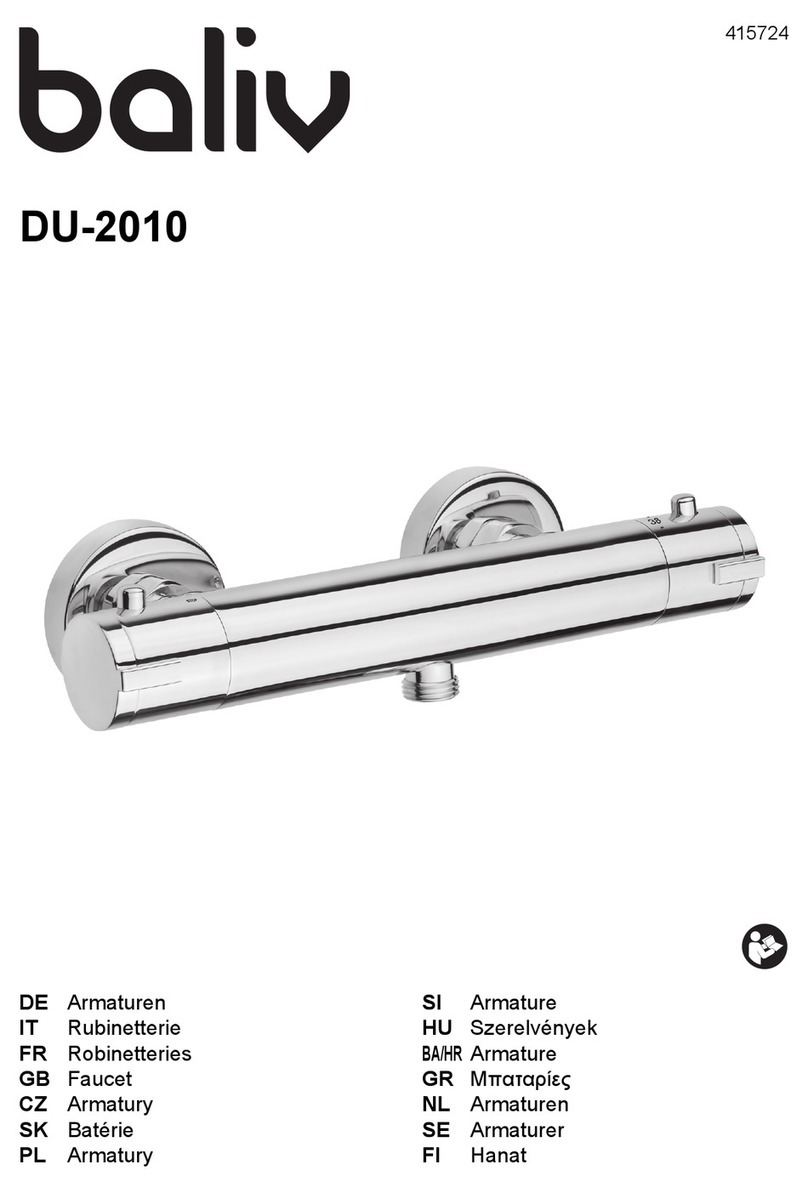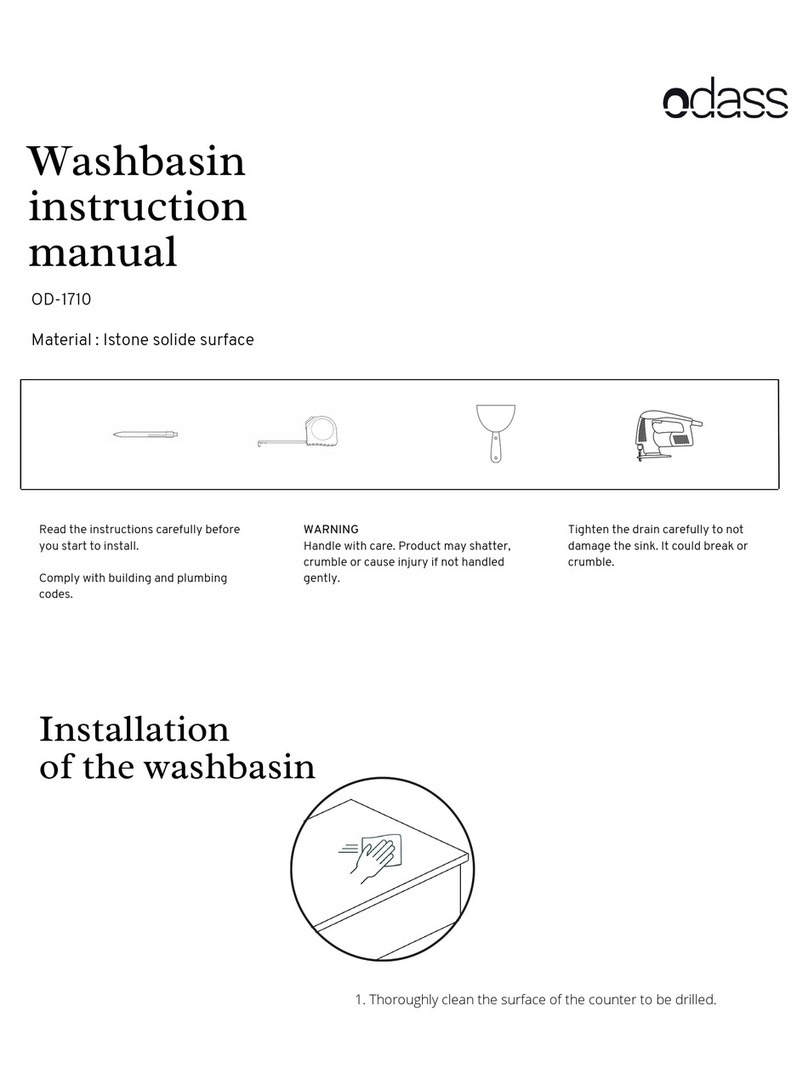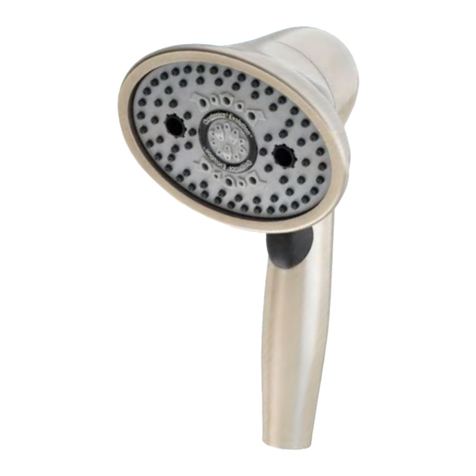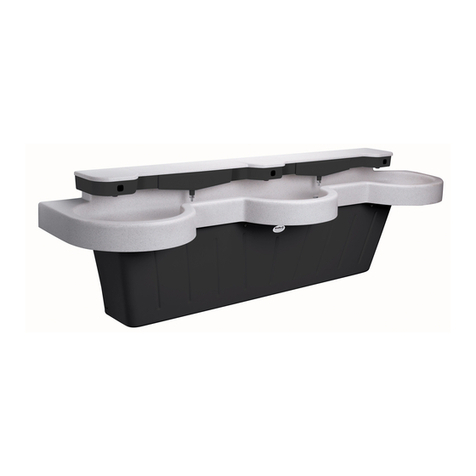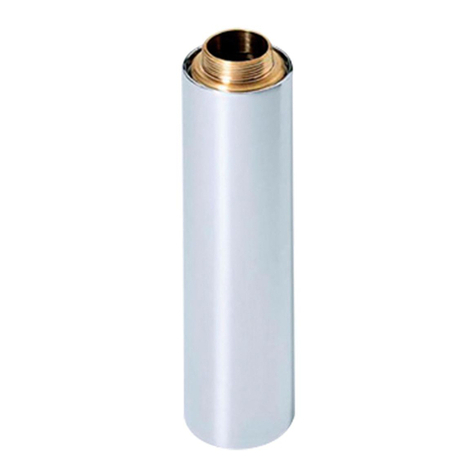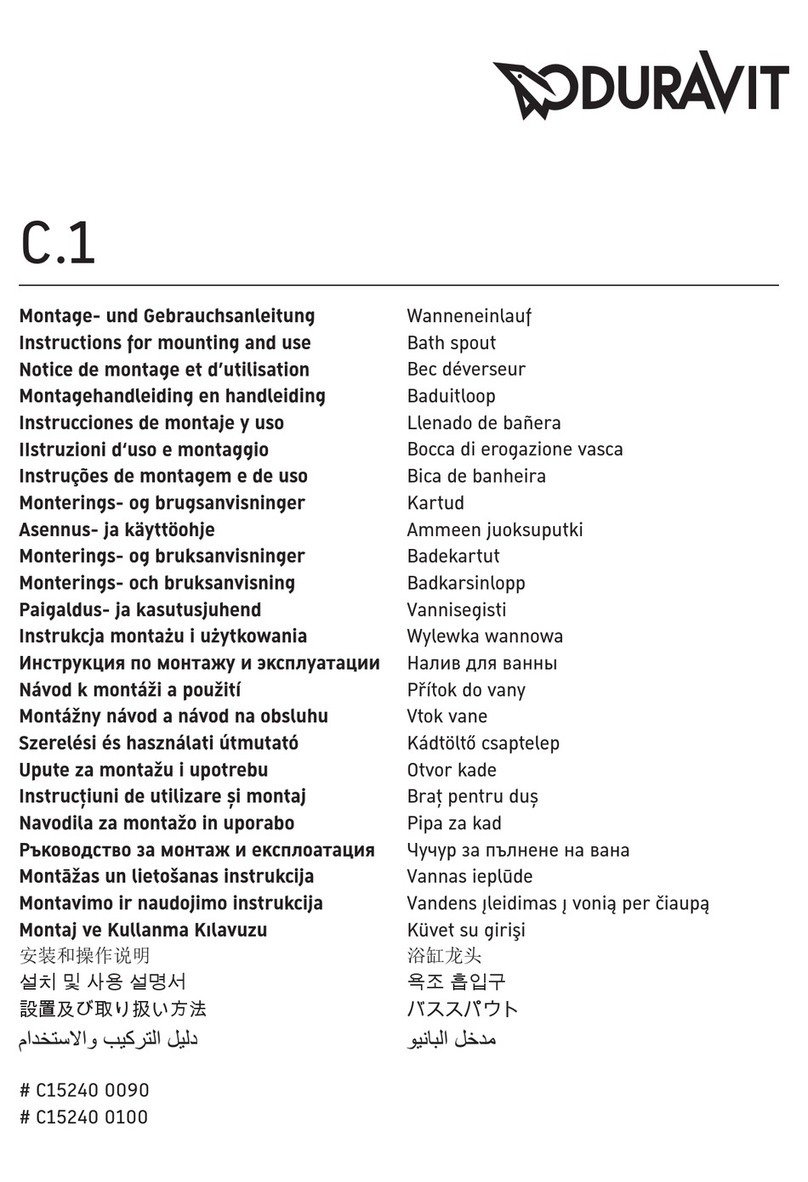
Ceramat WA153
iii
Table of Contents
1 Safety............................................................................................................................................. 5
1.1 Intended Use.......................................................................................................................................................... 5
1.2 Personnel Requirements.................................................................................................................................... 5
1.3 Safeguards .............................................................................................................................................................. 6
1.4 Residual Risks......................................................................................................................................................... 6
1.5 Hazardous Substances........................................................................................................................................ 7
1.6 Operation in Explosive Atmospheres............................................................................................................ 7
1.6.1 Possible Ignition Hazards During Installation and Maintenance........................................... 7
1.6.2 Possible Ignition Hazards During Operation................................................................................. 8
1.7 Safety Training....................................................................................................................................................... 8
1.8 Maintenance and Spare Parts .......................................................................................................................... 8
2 Product.......................................................................................................................................... 9
2.1 Package Contents................................................................................................................................................. 9
2.2 Product Identification......................................................................................................................................... 9
2.2.1 Example of a Version.............................................................................................................................. 9
2.2.2 Product Code............................................................................................................................................ 10
2.3 Nameplates............................................................................................................................................................. 12
2.4 Symbols and Markings ....................................................................................................................................... 14
2.5 Design and Function........................................................................................................................................... 14
2.5.1 Retractable Fitting .................................................................................................................................. 15
2.5.2 Drive Units ................................................................................................................................................. 16
2.5.3 Process Connections.............................................................................................................................. 16
2.6 Changes for Different Conditions................................................................................................................... 17
2.7 SERVICE/PROCESS Limit Positions ................................................................................................................. 18
3 Installation.................................................................................................................................... 19
3.1 General Installation Instructions..................................................................................................................... 19
3.2 Retractable Fitting: Installation ....................................................................................................................... 20
3.3 Media Connection / ZU0631: Installation on Strain Relief Bracket..................................................... 20
3.4 Outlet........................................................................................................................................................................ 21
3.4.1 Outlet Hose: Installation Instructions .............................................................................................. 21
3.4.2 Outlet Hose: Installation ....................................................................................................................... 22
3.5 Media Connection................................................................................................................................................ 23
3.5.1 Media Connection: Installation Instructions ................................................................................. 23
3.5.2 Multiplug: Installation ........................................................................................................................... 24
3.5.3 Electro-Pneumatic Controller: Connection.................................................................................... 24
3.5.4 ZU0631 Standard Media Connection: Installation...................................................................... 24
3.6 Sensor Cable: Installation .................................................................................................................................. 25
4 Commissioning............................................................................................................................. 26

